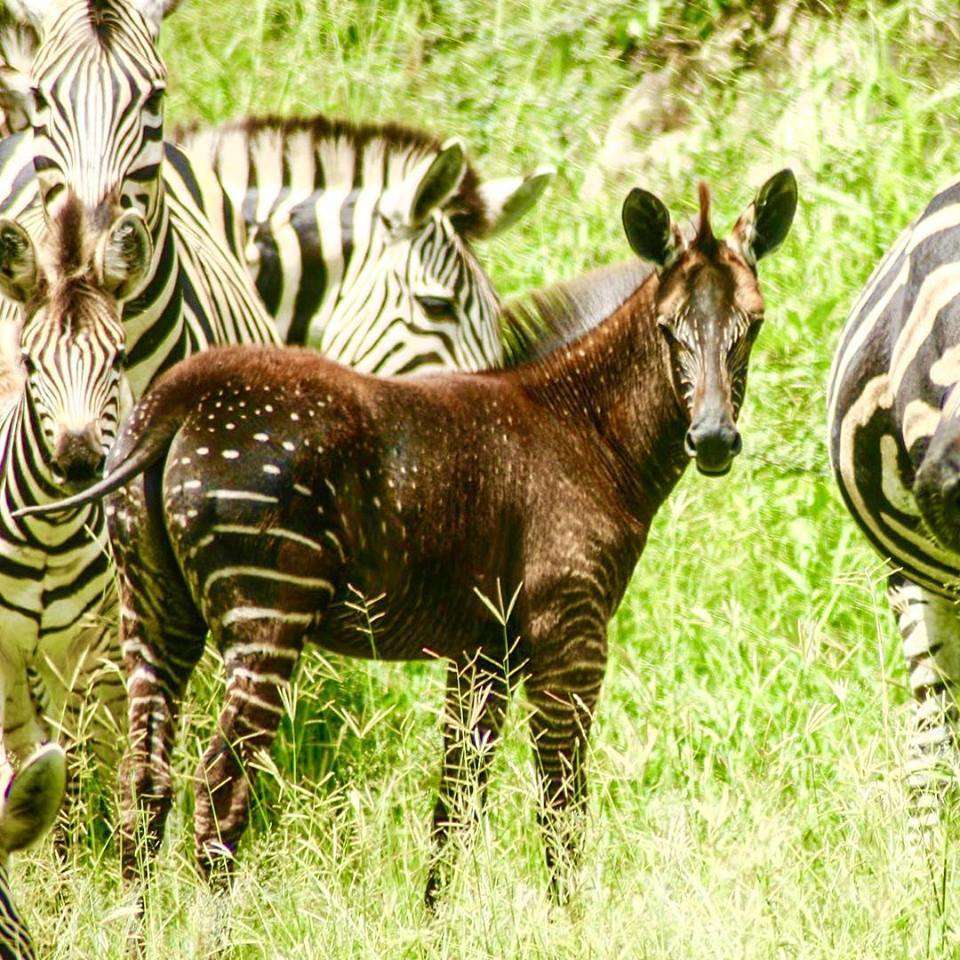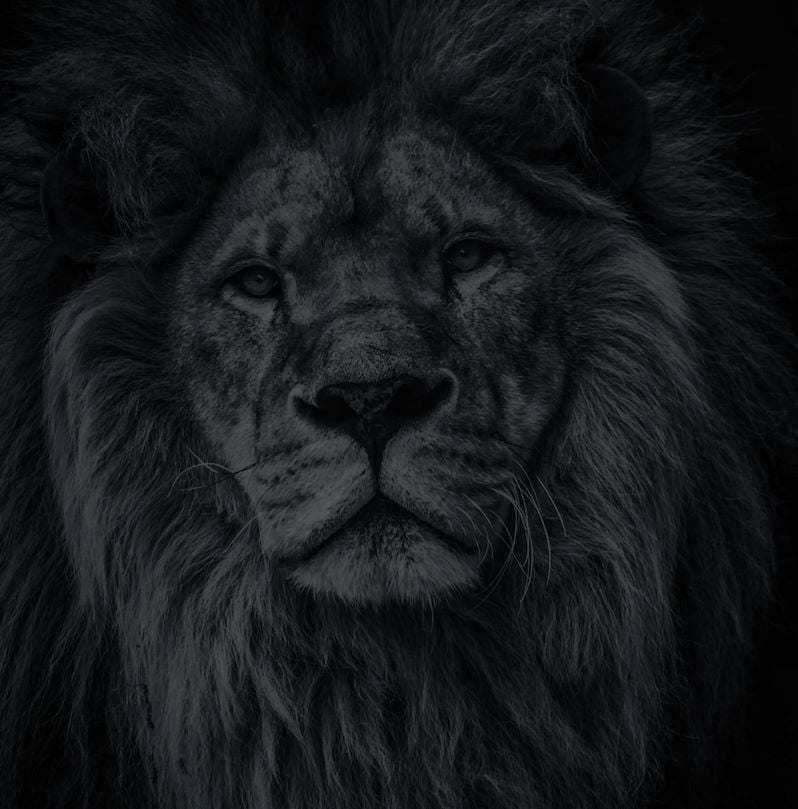Every zebra has an individual coat pattern that can be used as a fingerprint to identify individuals from year to year. Except when nature throws out an anomaly...

Zebra stripes are highly variable; in fact every animal has an individual coat pattern that can literally be used as a fingerprint to identify individuals from year to year. However, this distinction sometimes goes beyond individual or regional variation and throws out an anomaly - like this melanistic foal photographed in April 2014 at Vumbura Plains by Michael Fitt of Wilderness’ Environmental Department.
Just a few days old at the time of the photographs, we believe that the foal is the second ‘chocolate’ zebra to be born to the same mother within the course of a year. The mother is of course identifiable by her own unique coat pattern, namely a definitive ‘y’ marking on her right flank.
Even more remarkable is that, according to anecdotal evidence, this is the fourth such foal to be sighted in the Vumbura concession since late 2005. All of those foals are rumoured to be born of the same mare, who may carry a recessive gene. If this is true, then it means that the herd itself is a successful one, even though the foals are not surviving to adulthood.
Michael Fitt, explains: “This zebra foal is most likely a genetic morph due to an excess of melanin, which results in its coat's dark pigment. This abnormality doesn’t occur often, and the last foal born with this condition was killed by hyenas within a few months. Unfortunately zebras who stand out from the others too much do become a target. We will be monitoring the progress of this foal and his mother. If he makes it to adulthood it will be interesting to observe any unusual behavioural interactions that may come about as a result of his condition.”

